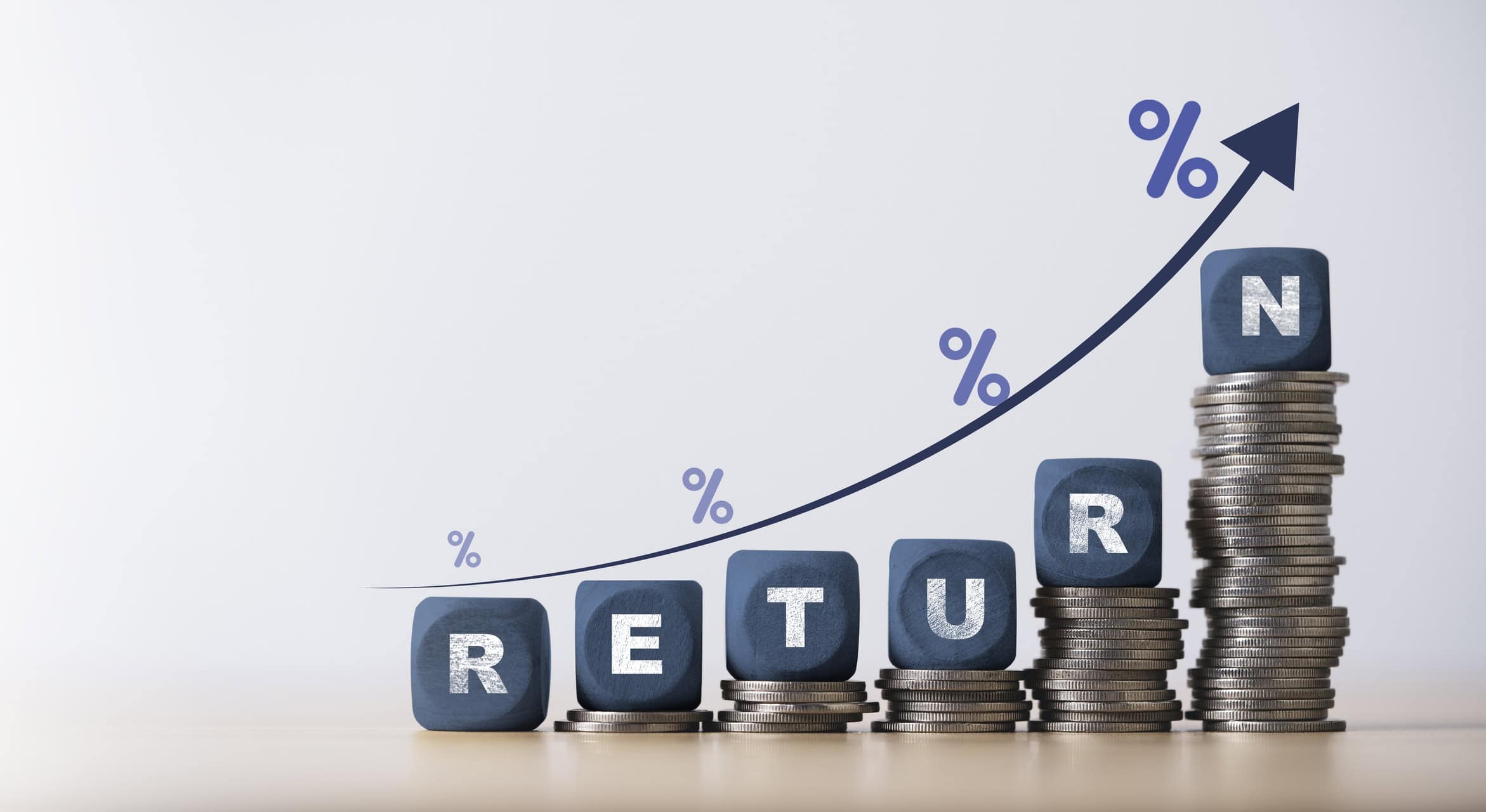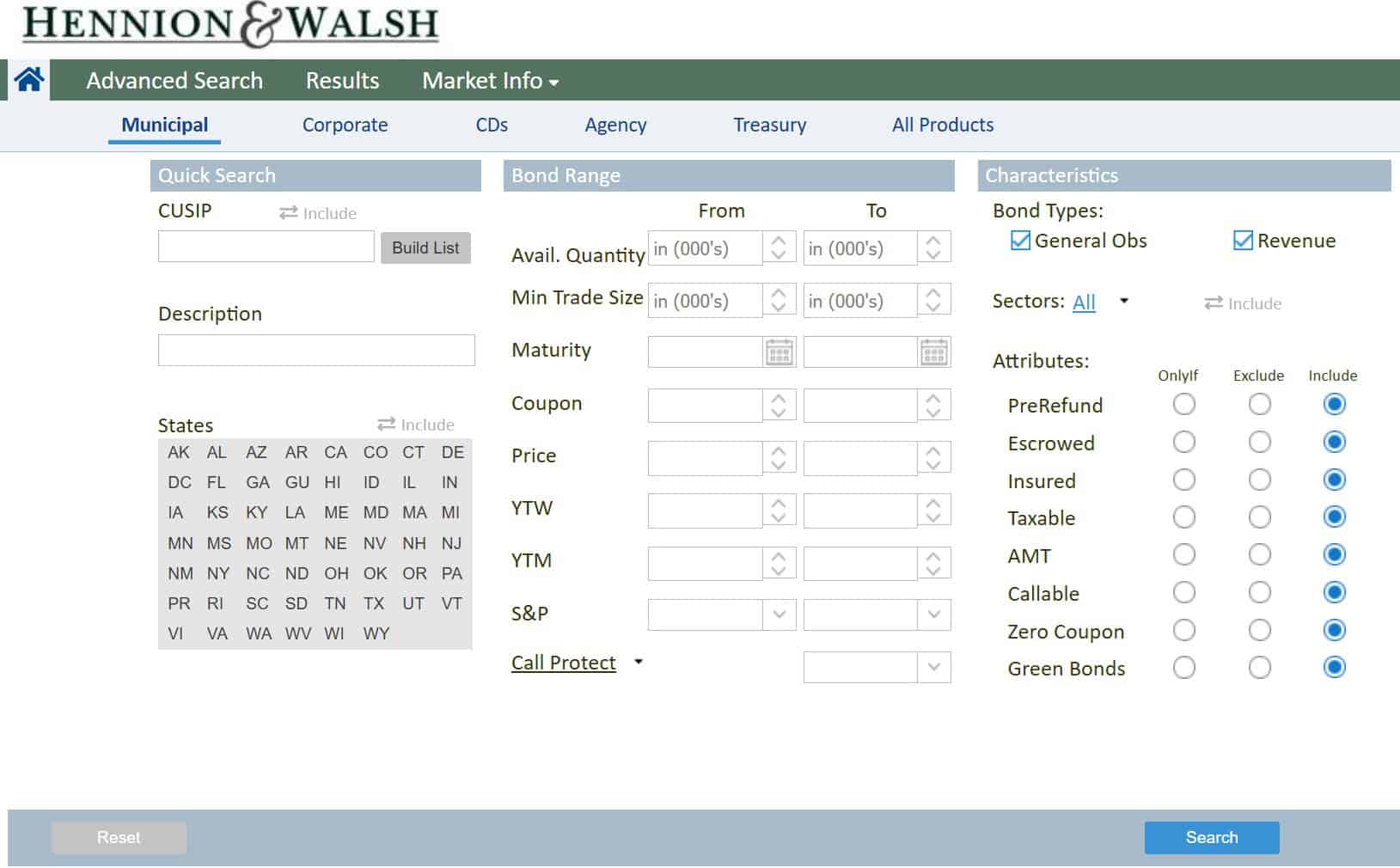
Navigating 2025 Stock Market Shifts: How Investors Are Responding
Every long-term investor faces moments when markets stagger unexpectedly. Indexes drop, headlines shout turmoil, and panic seems palpable. Yet, when the numbers on screens turn red and earnings reports fluctuate, some individuals seem to hold steady, a few even spot new trading opportunities, while others liquidate portfolios in a flurry of anxious decisions. What shapes these responses? Why do some people sleep soundly while others find themselves gripped by fear?
This variance lies deeper than financial theory or historical market data. It’s rooted firmly in human psychology: the complex, often subconscious forces shaping how each of us perceives, processes, and responds to risk.
Frames of Mind: How Perception Shapes Response
Risk, strictly defined, involves probabilities and outcomes. But humans rarely operate on logical formulas alone. Instead, perception reframes objective risk through a subjective lens.
Consider the classic case of loss aversion, a concept presented in behavioral economics. It states that individuals feel the pain of a loss about twice as intensely as they experience the joy of an equivalent gain. When markets fall even a modest amount, that pain is magnified. This doesn’t just make investors uneasy—it can send them scrambling to avoid further pain, even if it harms their long-term results.
Many factors come into play in these moments:
- Past experiences: A previous market crash or personal financial loss can haunt decisions for years, even when circumstances change.
- Personality traits: Some are naturally more tolerant of uncertainty or drawn to calculated risks, while others need the assurance of stability.
- Social influence: Friends, family, news, and social media rapidly amplify emotions, turning private concerns into collective angst.
Fear and Greed: The Core Emotional Drivers
Two emotions primarily fuel market reactions: fear and greed. This isn’t just a Wall Street cliché. Both have deep evolutionary roots, hardwired through centuries of survival.
During downturns, fear dominates. As loss mounts, the instinct to “stop the bleeding” can kick in. Fear triggers a kind of tunnel vision—investors react by suddenly ignoring their financial plans, suspending logic, and selling assets simply because it seems everyone else is doing the same.
On the flip side, greed usually drives bubbles, and during recoveries, a fervor to “make it all back quickly” can risk compounding the original mistake.
What’s fascinating is that the relative balance between fear and greed doesn’t look the same from person to person, or even from one downturn to another.
Table: Emotional Triggers in Different Market Phases
| Market Movement | Common Emotional Response | Typical Investor Behavior |
| Steady growth | Confidence, optimism | Hold, buy moderately, increase risk |
| Rapid uptrend | Greed, FOMO | Buy aggressively, chase hot stocks |
| Sudden downturn | Fear, panic | Sell in haste, reduce exposure |
| Prolonged volatility | Anxiety, uncertainty | Freeze, delay decisions, seek advice |
The Role of Time Horizon
An investor’s sense of risk is closely tied to their time horizon, and their approach to trading reflects these perspectives. Someone saving for retirement 30 years in the future might view a sharp pullback as a mere blip. A retiree drawing income, by contrast, may see the same event as catastrophic, especially if their earnings are impacted.
Short-term needs often amplify risk aversion. The closer the payout, the higher the psychological stakes. This can explain why identical news can prompt such divergent actions as investors react differently based on their individual circumstances.
- Long-term oriented investors tend to anchor on historical recoveries and market resilience.
- Short-term focused investors tend to focus on losses, upcoming expenses, and capital preservation.
Herd Behavior and the Safety in Numbers Illusion
Most people don’t enjoy feeling isolated, particularly when the stakes are high. This is why herding behavior—copying the actions of the majority—becomes so pronounced during downturns.
Social proof provides a false sense of security. If everyone seems to be heading for the exits, doing otherwise feels risky. Herding can actually accelerate the very market movements that people fear, sometimes resulting in “selling at the bottom.”
Ironically, consistent long-term success in investing often depends on resisting this urge. Legendary investors frequently cite the need to be “greedy when others are fearful,” but executing this mindset is emotionally uncomfortable for most.
Information Overload and the Myth of Rationality
24/7 news cycles, real-time social media, and financial punditry create a nearly constant flood of information. While access to information is theoretically empowering, in stressful market conditions, it often has the opposite effect.
The phenomenon of “information overload” clouds judgment:
- Important facts become hard to distinguish from noise.
- Conflicting predictions generate uncertainty rather than clarity.
- The sense of urgency increases as news accelerates, pushing for rash decisions.
Instead of enabling rational analysis, excessive information often appeals to our deepest anxieties. This is why some investors feel more vulnerable in today’s hyperconnected environment, even though they have more tools at their disposal than ever before.
Cognitive Biases at Play
Human brains use shortcuts—known as cognitive biases—to process risk and uncertainty. This saves mental energy but can lead to systematic errors in judgment.
Common biases that influence reactions in downturns:
- Recency bias: Placing too much weight on recent events and projecting them indefinitely into the future.
- Confirmation bias: Seeking information that supports pre-existing fears or beliefs.
- Anchoring: Fixating on a previous “high water mark” for a portfolio or asset.
- Disposition effect: Selling winners too early and holding on to losers too long.
- Overconfidence bias: Underestimating future volatility or one’s ability to manage it.
Recognizing these biases doesn’t automatically curb their influence, but increased self-awareness can help investors step back and pause before making drastic moves.
Practical Ways to Respond Mindfully
So what sets apart those who thrive during volatility from those who falter? Often, it’s a blend of self-awareness, preparation, and the ability to step outside momentary emotions.
Some practical strategies include:
- Articulate a plan: Writing down investment goals and guidelines for market turbulence can help anchor decisions during chaos.
- Automate decisions: Automating contributions or using tools like dollar-cost averaging can side-step many emotional triggers.
- Limit news consumption: Setting boundaries around how often you check portfolios or financial news reduces knee-jerk reactions.
- Consult dispassionate advisors: A measured outside perspective can challenge your gut responses and provide needed context.
Differences Across Cultures and Demographics
The psychology of risk is not uniform across the globe. Cultural attitude toward uncertainty, generational differences, and even socioeconomic background all shape how investors react.
- Collectivist cultures may place greater trust in group consensus during volatility.
- Older investors with long memories might feel more anxiety due to prior downturns.
- Younger investors may interpret the same volatility as “buying opportunities.”
- Economic exposure: Those with fewer financial safety nets see the same risk as more consequential.
This diversity means there is no single “correct” way to respond, but it also highlights why markets can appear so unpredictable in turbulent periods.
The Case for Building Emotional Resilience
Technical analysis, portfolio management, trading, and market research are all important. But over time, the most meaningful advantage an investor can build comes from emotional resilience.
Developing this is as much about self-knowledge and preparation as it is about market expertise. Simply knowing that these psychological tendencies exist does not immunize someone from their effects, but it does give them a chance to prepare, build habits, and reflect on how their actions affect their earnings when stress hits.
That ability to remain clear-headed and stick to a plan, no matter what the headlines say or what others do, delivers more than just financial returns. It creates confidence, peace of mind, and ultimately a deeper sense of satisfaction that money alone can’t provide.
Disclosures:
This commentary is not a recommendation to buy or sell a specific security. The content is not intended to be legal, tax or financial advice. Please consult a legal, tax or financial professional for information specific to your individual situation. Investing involves risk, including possible loss of principal. Past performance is no guarantee of future results. Diversification does not guarantee a profit or protect against loss.




